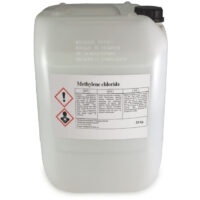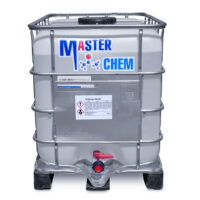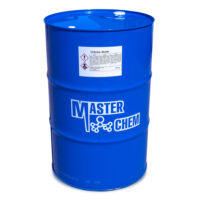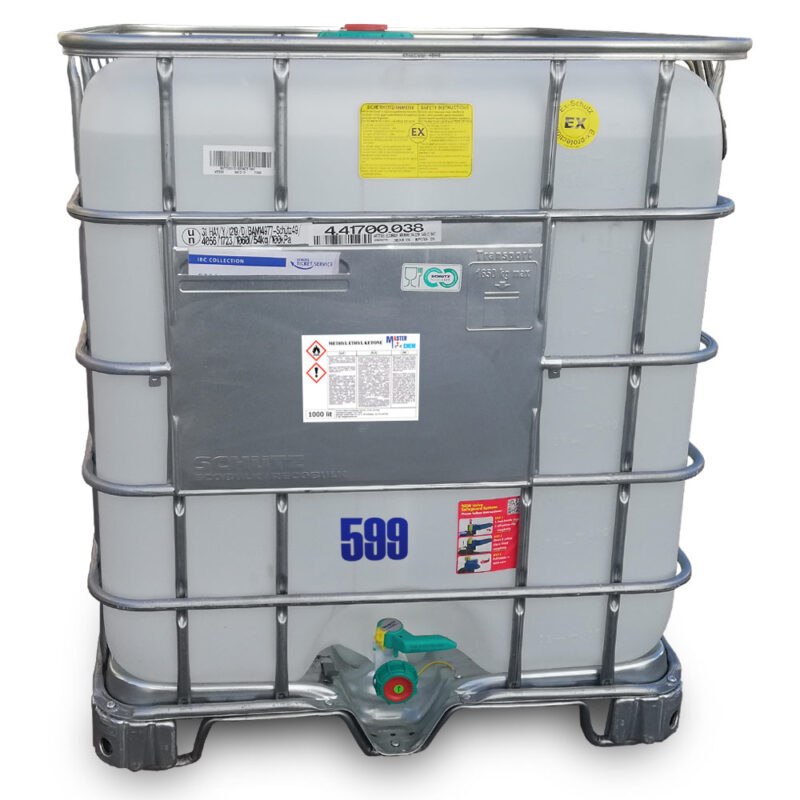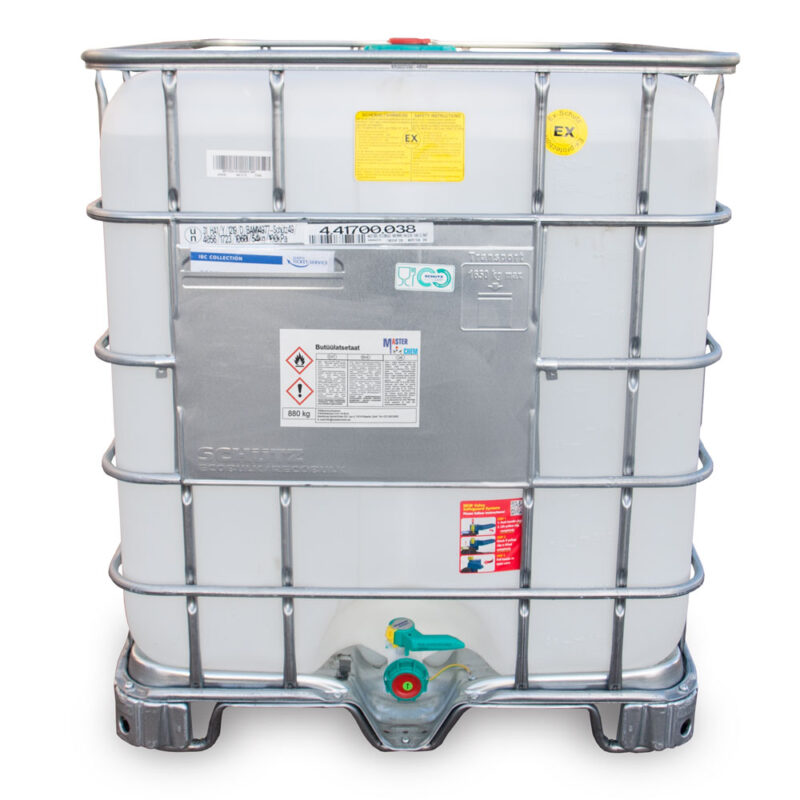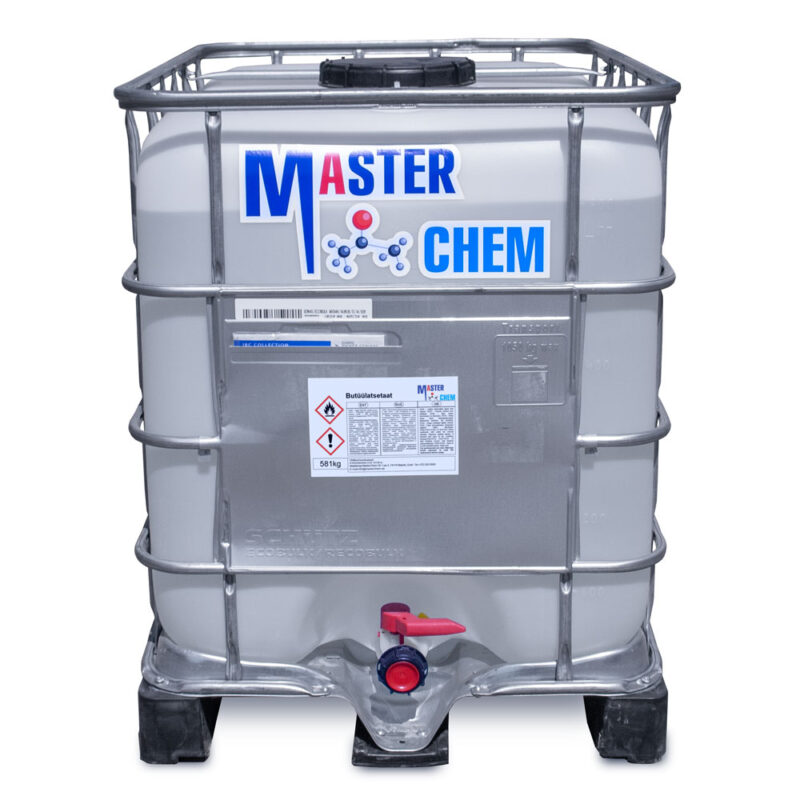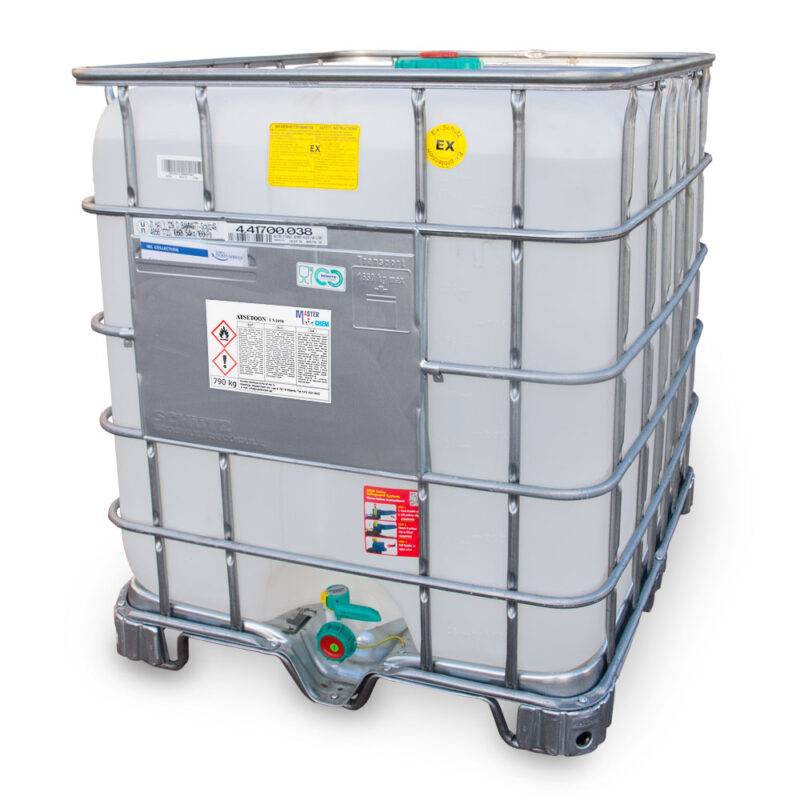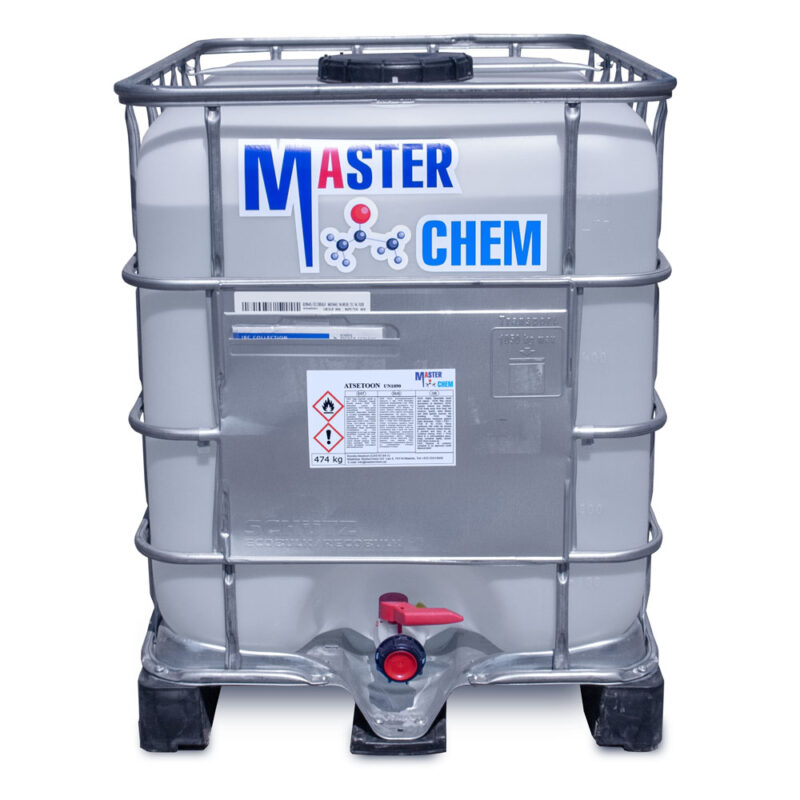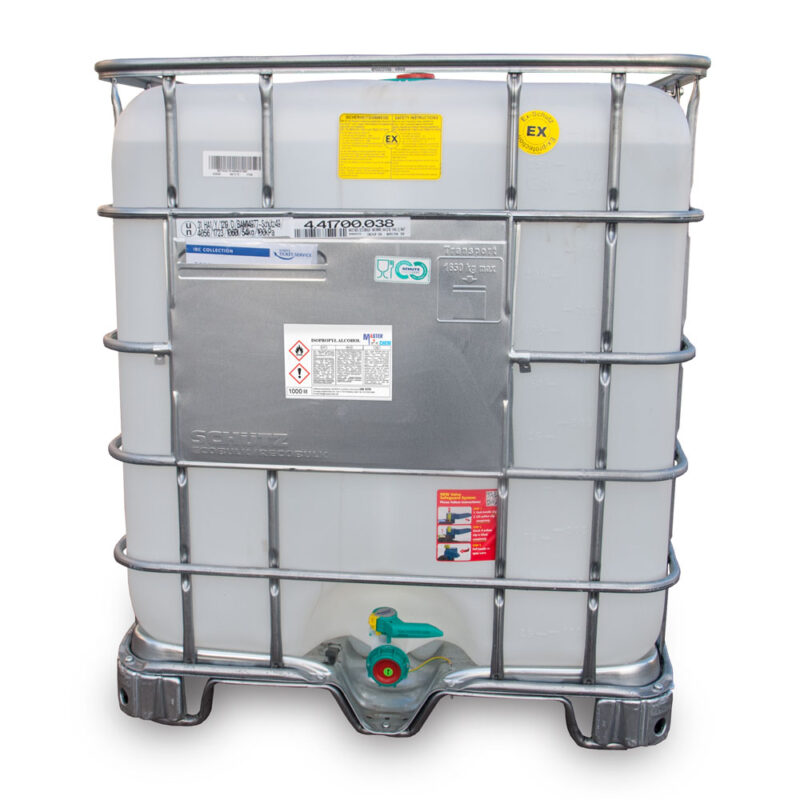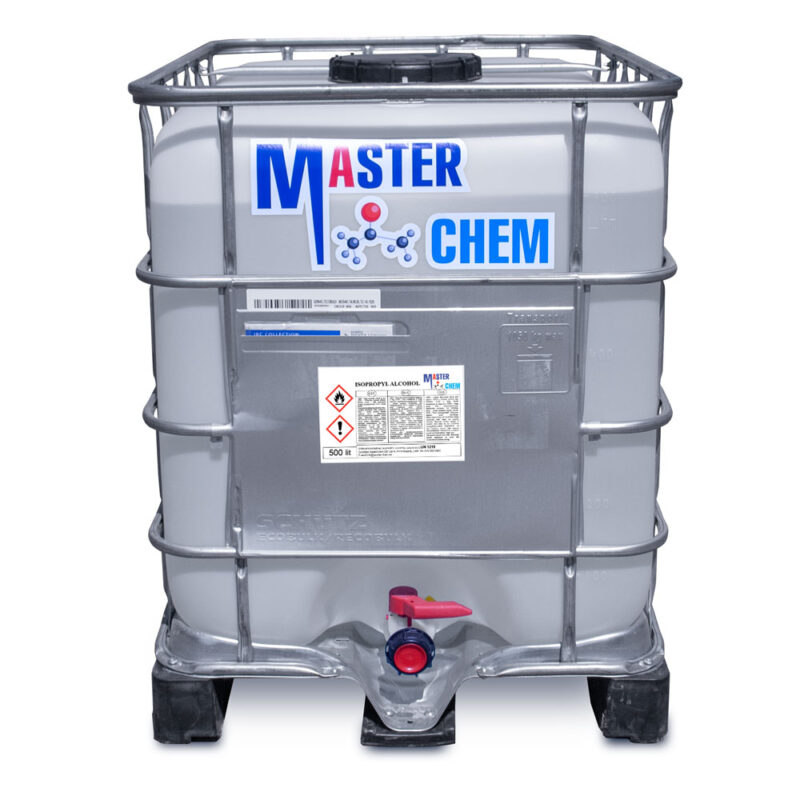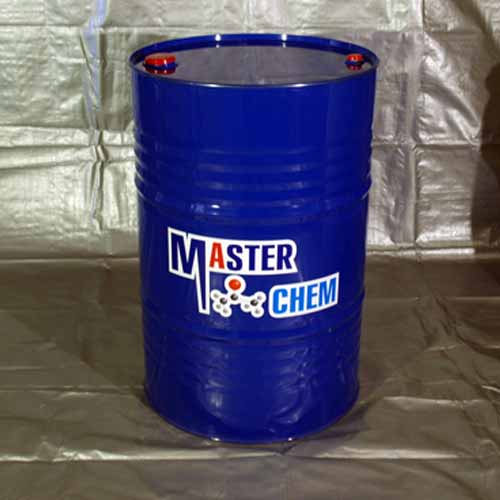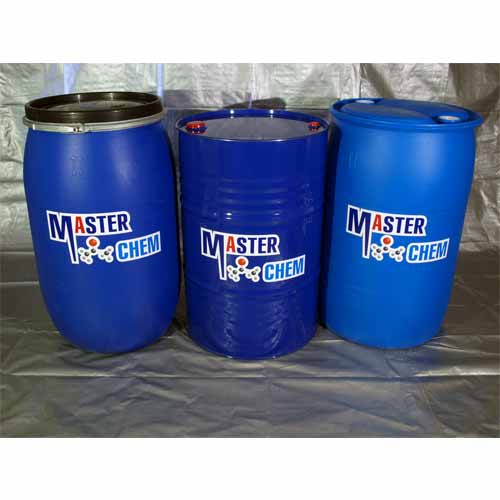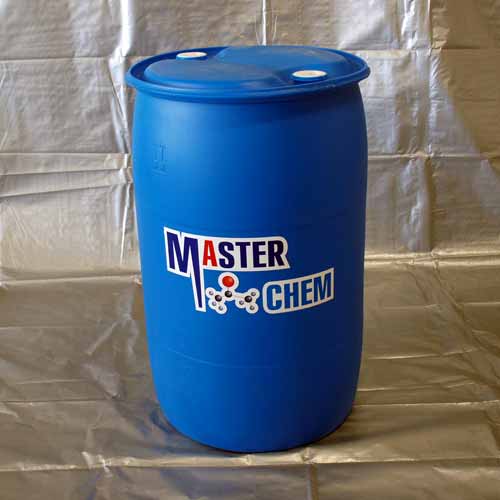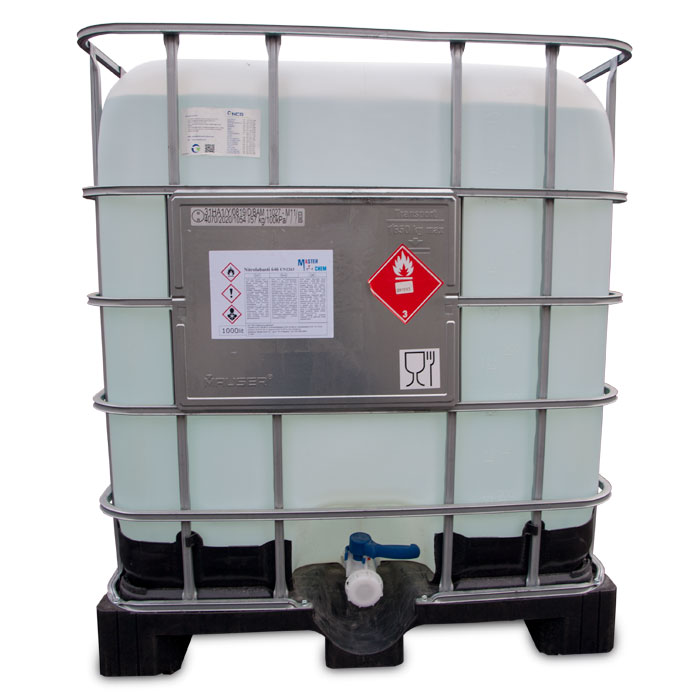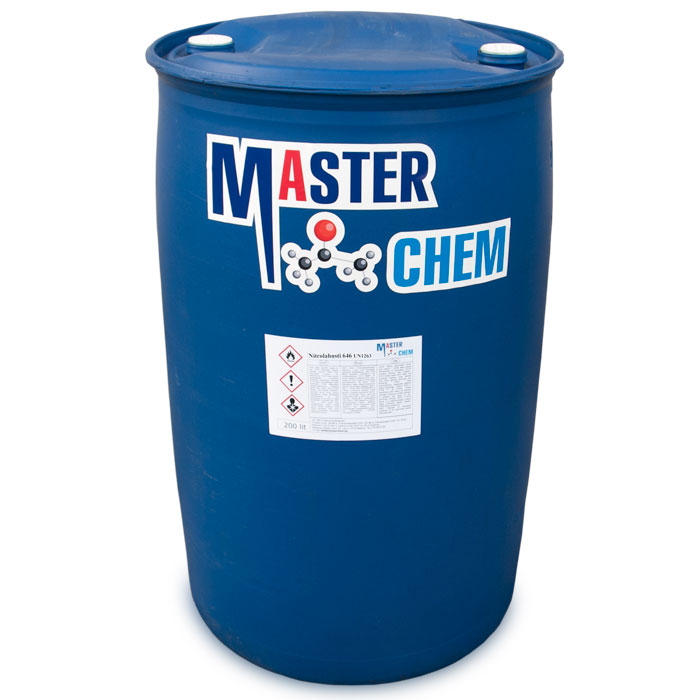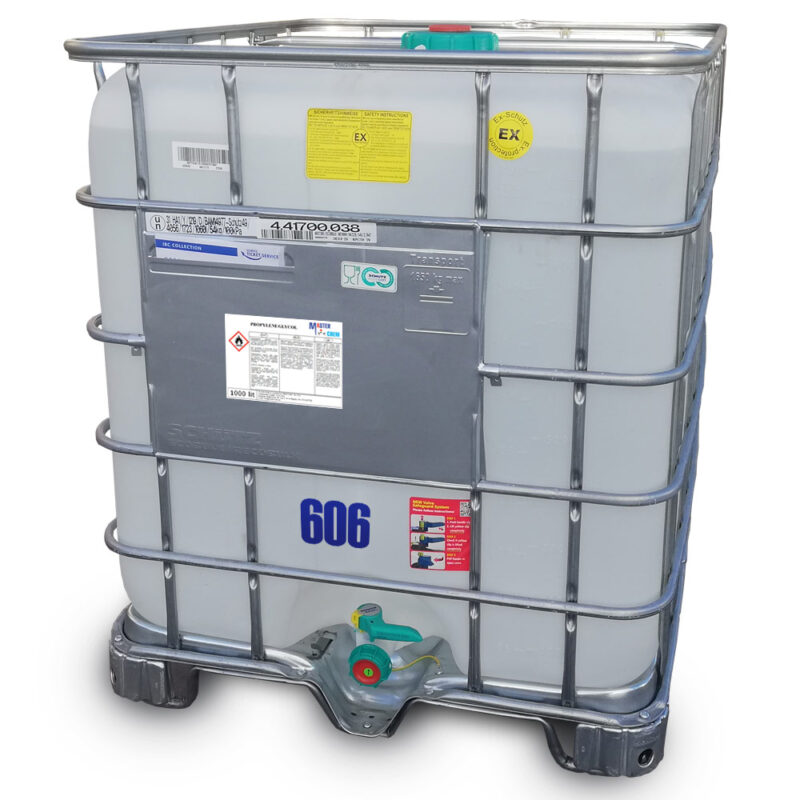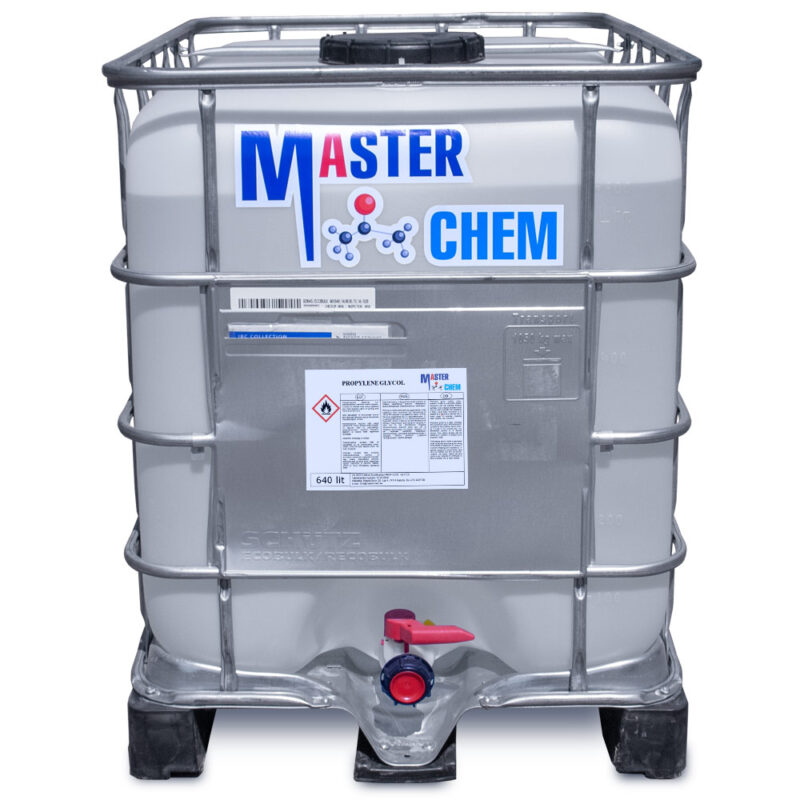Description
Application and usage:
The reagent is much less toxic than other organic solvents, is easily removed, has a low cost, so it is widely used in many industries, including the food industry and pharmaceuticals.
* In the chemical industry, it is used for the production of synthetic polymers, for example, polyurethane foams (foaming agent), foam rubber, synthetic fibers; plastic molds.
* For the production of chemical products derived from dichloromethane.
• As an industrial solvent for cleaning and degreasing metal surfaces; it is part of aerosol paints; for bonding acrylic glass and various plastics, excluding polyethylene and polypropylene; solvent of fats, resins, bitumen.
* In the food industry — solvent for extractions, for example, to obtain caffeine from coffee beans, hops.
* In pharmaceuticals for the manufacture of ascorbic acid.
• In laboratory practice for water quality analysis for the presence of benzene, ammonia, nitrites and nitrates, chlorine, toxic metals and many other harmful impurities. In chromatography.
* Included in some refrigerants.
* For removing old varnishes and paints from any surface.
* In the photo department — for processing photos and films.
Physical properties
Molar mass-84.9 g / mol,
density-1.326 g / cm3.
Thermal properties:
Melting point -96.7 °C,
boiling point 40 °C,
flash point 14 °C
Chemical Formula: CH2Cl2




